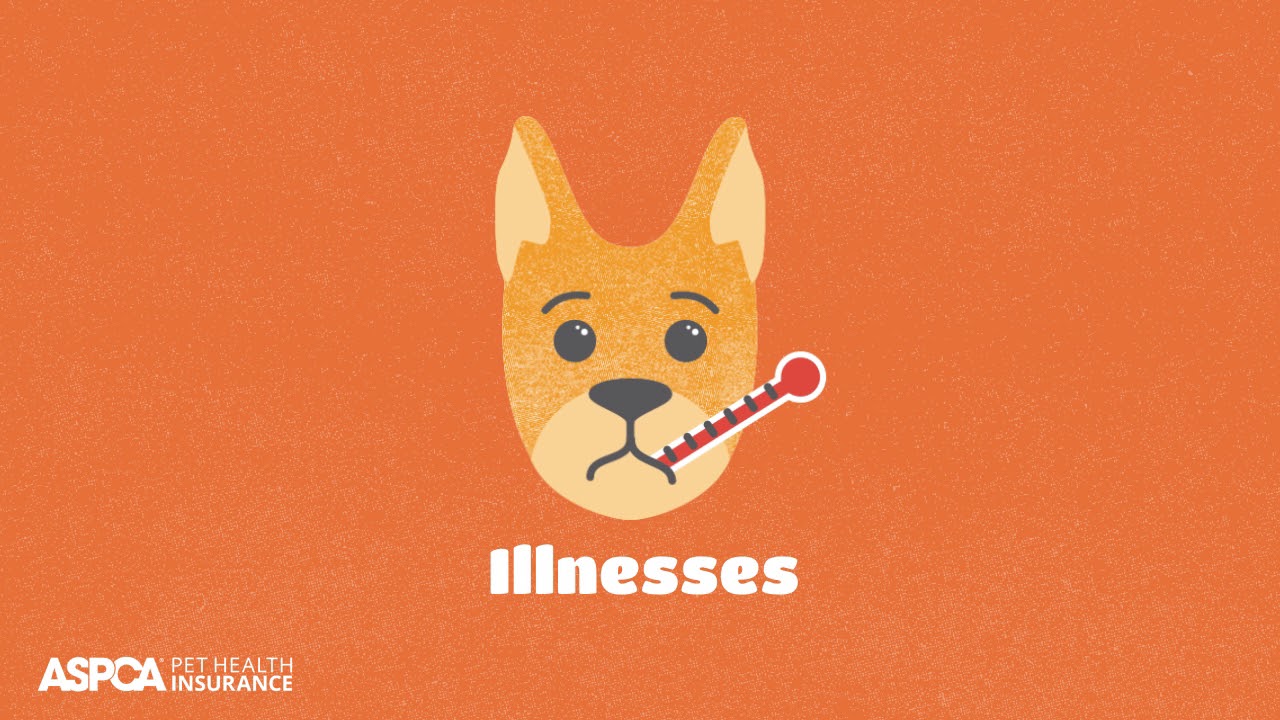
Understanding how pet insurance works is crucial before you purchase. You pay a deductible. These deductibles must be met every year and are usually annual. Some companies, however, have a "per-condition deductible." You will need to pay a new deductible each time your pet gets a new condition.
Pre-existing condition coverage is not available for pets
Some medical conditions, such as certain types of cancer, may not be covered by pet insurance. Because some of these conditions can't be curbed, pet insurance may not cover them. The chances are that your pet will require continued medical attention after it has been diagnosed with this condition. These illnesses may not be covered by pet insurance, but payment assistance can help you to pay for them.
Some plans provide coverage for pre-existing conditions. These plans do not cover any future conditions. You should shop around to find the best coverage. Additionally, it's a good idea for pets to have pet insurance before they become sick.

Annual deductibles
It is crucial to know the deductible amount when looking for pet insurance. These amounts will vary from one company or another, so make sure you choose the right deductible for your specific situation. The annual deductibles for a company can vary from $50 to $1,000. Some companies let you choose a zerodeductible option. This allows you only to pay the monthly premium.
An annual deductible is an amount that you must pay each year to receive reimbursement for your pet's health bills. To give an example, if your pet has a $500 annual deductible, you'll need to pay it out of pocket each year before the insurance provider reimburses you. This may seem like a lot, but it's important to remember that annual deductibles are usually cheaper than per-incident ones.
Reimbursement rates
Know how reimbursement rates work before you purchase pet insurance. These rates are based upon the percentage of your vet bills covered by your policy. Two main methods are used to calculate reimbursements. One uses a predeductible method, while the other uses an after-deductible.
The majority of pet insurance policies don't cover the entire cost of veterinary bills. Your pet's medical costs are your responsibility. You will only be reimbursed for reimbursement rates. Depending upon the plan you choose, your responsibility may range from 10% to 30% of the bill. Without pet insurance, it is possible to be responsible for thousands of dollars in unpaid bills.

Coverage limits
When looking for pet insurance, it is important to fully understand the exclusions and limitations for each type of coverage. Many policies have an annual maximum coverage limit. Your pet won't receive any further benefits until that year. However, there are some companies that offer unlimited plans which have no annual limit.
It is possible for pets to have varying levels of coverage depending on their age and personalities. An older pet, or one that is more active, may be more at risk for accidents than a less active, or more senior pet. In addition, elderly pets may be at greater risk for certain conditions such as cognitive decline, cataracts, and cognitive decline. It is also important to consider the breed of your pet, as certain breeds can be predisposed towards certain diseases.